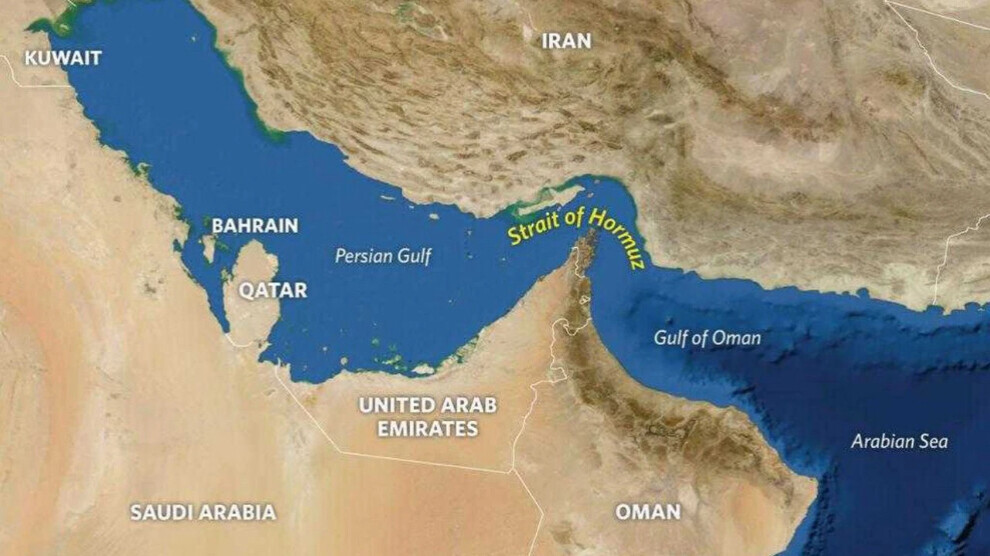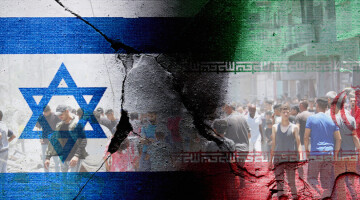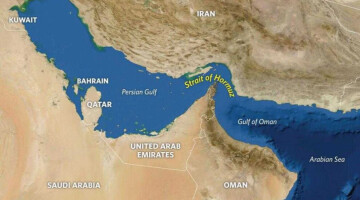The Strait of Hormuz, which Iran has threatened to close, stands out as a waterway of vital importance to the world's oil supply and global economy. This strategic passage, through which 17-20 million barrels of oil are transported every day, has become a focal point of international tensions and trade wars.
The global route of oil and LNG
The Strait of Hormuz is a route through which a large portion of exports from major oil-producing countries such as Saudi Arabia, Iran, Iraq, the United Arab Emirates (UAE), and Kuwait are transported. According to data from the International Energy Agency (IEA), approximately 20% of global oil trade passes through this route. In particular, Asian countries account for 83% of the oil and 87% of the LNG transported via this route.
The strait, which is also a critical energy source for China, India, Japan, and European countries, is not only vital for energy but also for sectors such as grain, electronics, and automotive.
The Iran factor
Although Iran's occasional threats to close the strait cause concern in the international arena, it is emphasized that this is not possible for technical and military reasons:
Depth and width: The depth of the strait in international waters and its multiple lanes make it difficult for Iran to close it unilaterally.
International military presence: Naval forces from countries such as the US, France, and India ensure navigation security in the region. A 34-country coalition based in Bahrain is also a critical balancing factor.
However, the risk of sabotage by entities such as Iran's Revolutionary Guards could lead to local crises that would increase insurance costs and oil prices.
Economic impacts and alternative searches
The UAE and Saudi Arabia are trying to reduce their dependence on Hormuz through pipelines and ports in the Gulf of Oman. However, these projects are not yet capable of meeting the strait's capacity. Energy analysts warn that a potential disruption could increase oil prices by $30–50 per barrel and trigger global inflation. Experts also emphasize that a potential disruption in the Strait of Hormuz could disrupt economic and political balances not only in the region but also worldwide.
The Strait of Hormuz continues to exist as a symbol of energy security in the shadow of geopolitical tensions. This waterway, which Iran claims it cannot “control” but can “destabilize,” will remain a top priority for international diplomacy.














